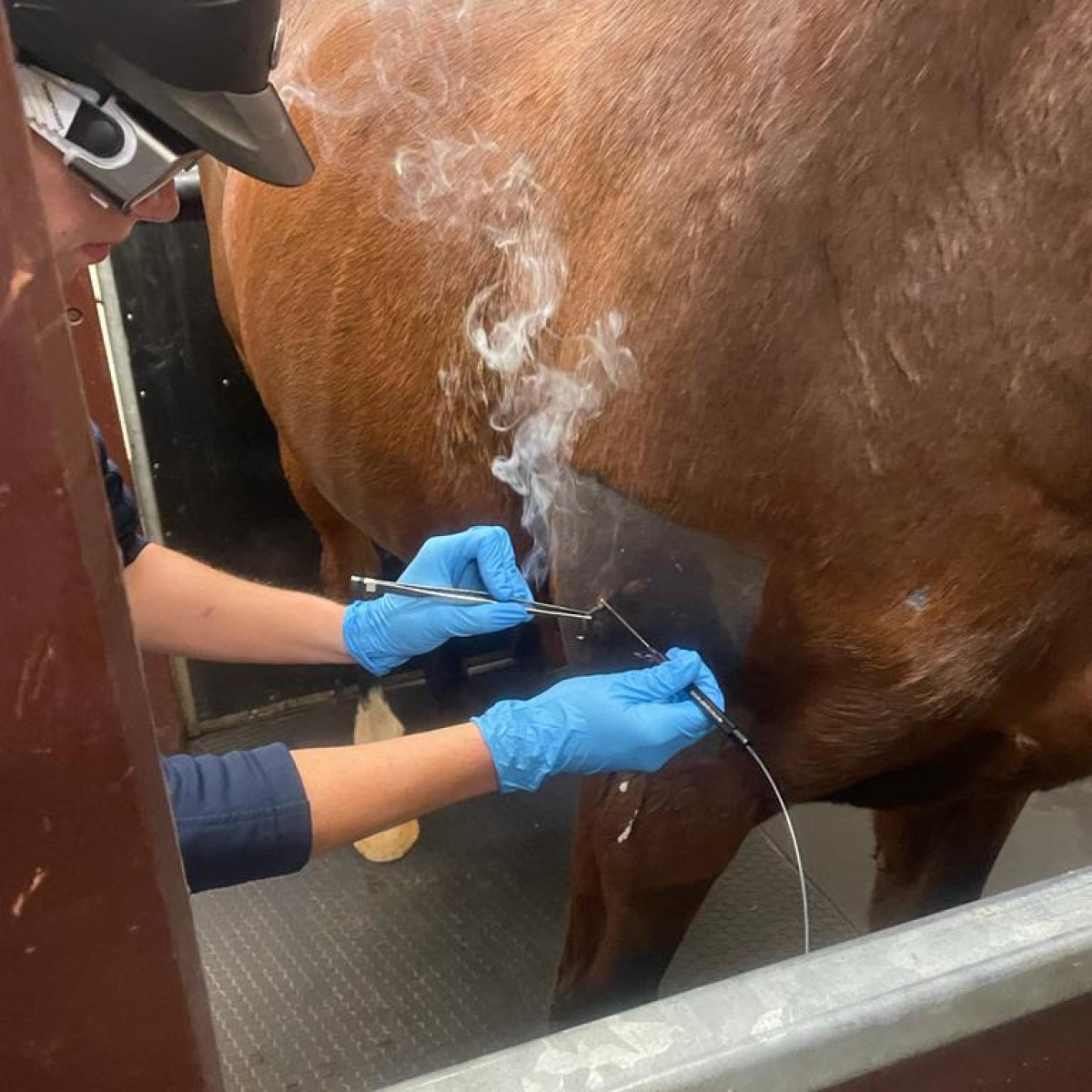Equine Therapy for Injury Recovery: Just How Horses Assist Heal Emotional Wounds
Equine Therapy for Injury Recovery: Just How Horses Assist Heal Emotional Wounds
Blog Article
Assessing the Efficiency of Laser Therapy in Equine Therapy for Injury Rehab
The evaluation of laser therapy's efficiency in equine injury recovery rests on several variables, consisting of healing time, pain mitigation, and cells regrowth. Medical researches suggest notable improvements in problems like tendonitis and osteoarthritis, credited to enhanced cellular feature and elevated ATP manufacturing. Vets often observe exceptional end results with laser treatment compared to conventional techniques, placing it as a crucial element in equine care. The requirement for constant monitoring and tailored treatment strategies can not be overemphasized. What certain professional proof supports these claims, and exactly how do vets carry out these methods in method?
Understanding Laser Therapy
Laser therapy has ended up being a crucial device in veterinary medication, particularly in the therapy of equine conditions. Recognized for its non-invasive nature and effectiveness, laser treatment involves the application of certain wavelengths of light to boost cells repair service and reduce inflammation. This healing method is significantly favored for its capability to speed up the healing procedure in equines dealing with a variety of musculoskeletal injuries and persistent conditions.
The main mechanism behind laser therapy is its capacity to boost cellular functions. Furthermore, laser treatment promotes vasodilation, enhancing blood flow and oxygen shipment to damaged cells, thus speeding up recuperation.
In equine medication, laser treatment is especially useful for conditions such as tendonitis, osteoarthritis, and wound healing. The technique is lauded for its pain-relieving homes, enabling steeds to gain back flexibility and function much more quickly. Veterinarians also appreciate its minimal adverse effects compared to various other treatment methods, making it a trustworthy and secure option for equine treatment.

Exactly How Laser Treatment Functions

Upon absorption, these photons activate a series of biochemical changes, enhancing mitochondrial feature and leading to boosted adenosine triphosphate (ATP) production. This increase in ATP speeds up mobile metabolic rate, promoting cells fixing and regrowth. Furthermore, laser therapy modulates inflammatory feedbacks by influencing cytokine levels and lowering oxidative stress, thus relieving discomfort and swelling.
An additional significant aspect of laser treatment is its duty in boosting microcirculation. The therapy advertises vasodilation, boosting blood flow and oxygen distribution to broken cells (Equine Therapy). This facilitates the removal of cellular particles and sustains the proliferation of fibroblasts and collagen synthesis, vital for injury recovery
Scientific Evidence
The efficacy of laser therapy in equine treatment has been substantiated via various medical researches, showcasing its therapeutic prospective across a variety of problems. Several regulated trials and observational researches have recorded considerable improvements in tissue repair service, discomfort reduction, and total rehabilitation timelines. A research performed by Turner et al. (2012) demonstrated that steeds treated with low-level laser treatment (LLLT) for ligament injuries showed accelerated recovery compared to those obtaining traditional therapies. The study highlighted a marked decrease in swelling and enhanced collagen formation.
Likewise, study by Johnson and colleagues (2015) concentrated on equine muscular tissue injuries, exposing that laser therapy dramatically expedited muscle mass fiber regrowth and minimized muscle mass stiffness. her explanation These searchings for were proven by histological evaluations revealing improved muscle mass cells organization. Medical evaluations have shown that laser treatment can alleviate chronic conditions such as osteoarthritis. A study by Smith et al. (2018) reported that steeds with osteoarthritic joints experienced noteworthy discomfort relief and boosted series of activity adhering to a regimen of laser therapy sessions.
Veterinarian Insights

Vets likewise value the convenience of laser therapy. She aims out that laser therapy can be customized to the particular requirements of each horse, making certain optimum end results.
Moreover, veterinarians value the capability to integrate laser treatment with other treatment methods. This multimodal method can improve overall treatment efficiency, supplying a thorough solution for equine rehab. Such recommendations from seasoned specialists underscore the expanding approval and application of laser treatment in equine medicine.
Practical Factors To Consider
A vital element of carrying out laser treatment in equine treatment involves recognizing the useful considerations that ensure its effectiveness and safety. Most importantly, it is critical to select the proper laser gadget, as numerous types vary in wavelength, power, and infiltration depth. Equine Therapy. Veterinarians must be skilled in these criteria to customize therapy protocols effectively to every injury type
Furthermore, the regularity and period of laser treatment sessions web require careful planning to take full advantage of restorative benefits while minimizing any potential unfavorable effects. Regular tracking of the horse's feedback to treatment can lead essential changes in the treatment regimen. Establishing a safe and regulated environment throughout therapies is likewise important to protect against unexpected direct exposure to laser emissions, which could damage both the equine and the trainer.
Educating and qualification of employees carrying out laser therapy are paramount to guarantee correct technique and to copyright safety standards. Furthermore, preserving precise records of each session, consisting of laser setups and observed results, is vital for examining the total efficiency of the treatment and for making data-driven decisions.
Final Thought
Laser therapy has emerged as an effective modality in equine injury rehab, using significant benefits in recuperation time, discomfort alleviation, and tissue recovery. For ideal outcomes, constant surveillance and individualized treatment procedures continue to be important in leveraging the complete capacity of laser therapy in equine treatment.
Report this page